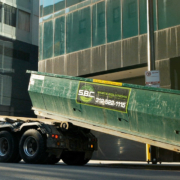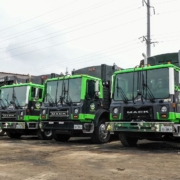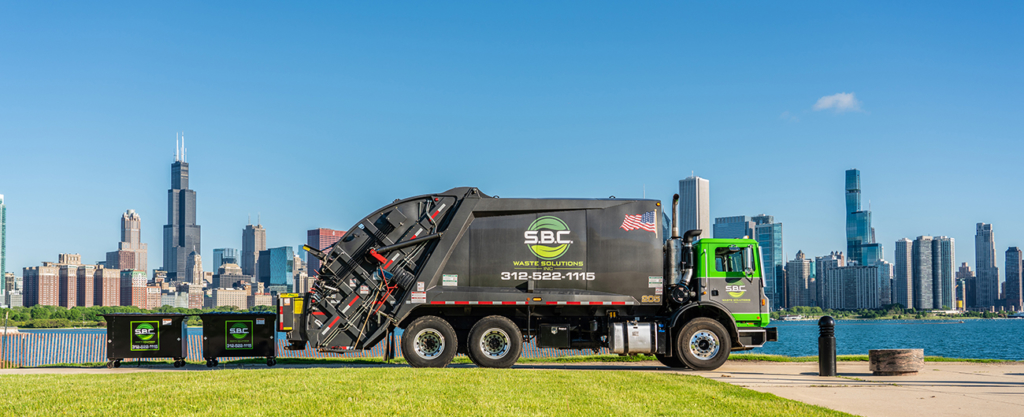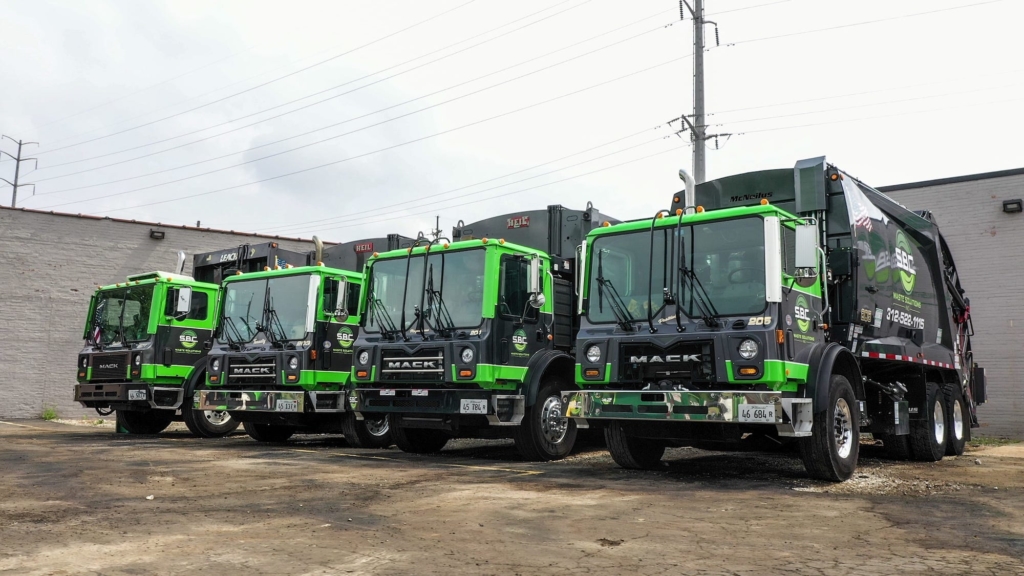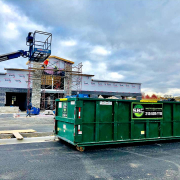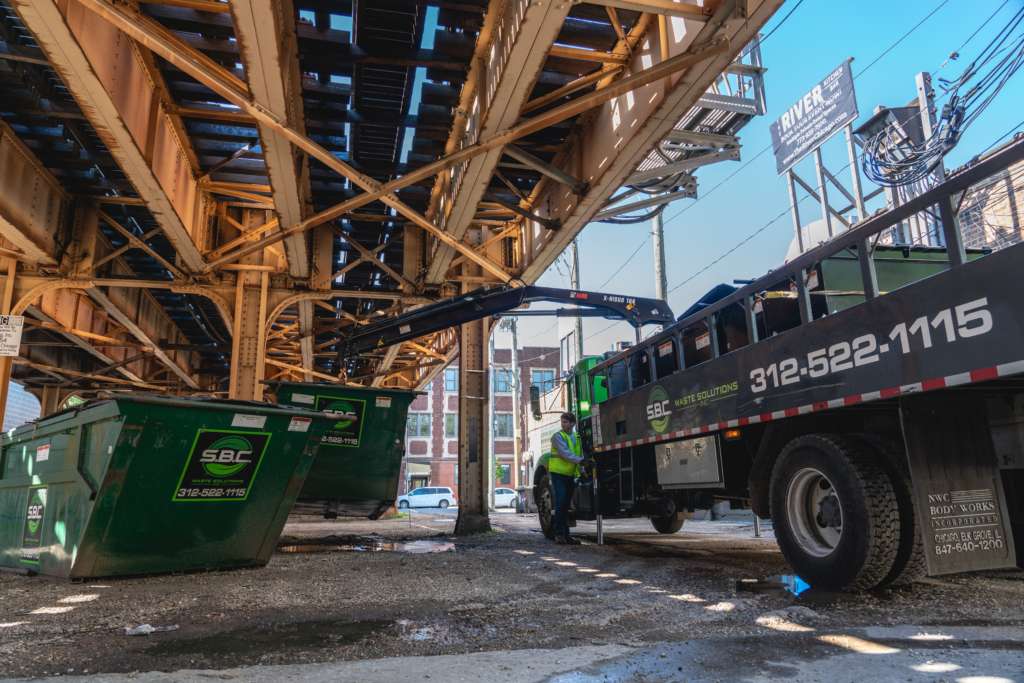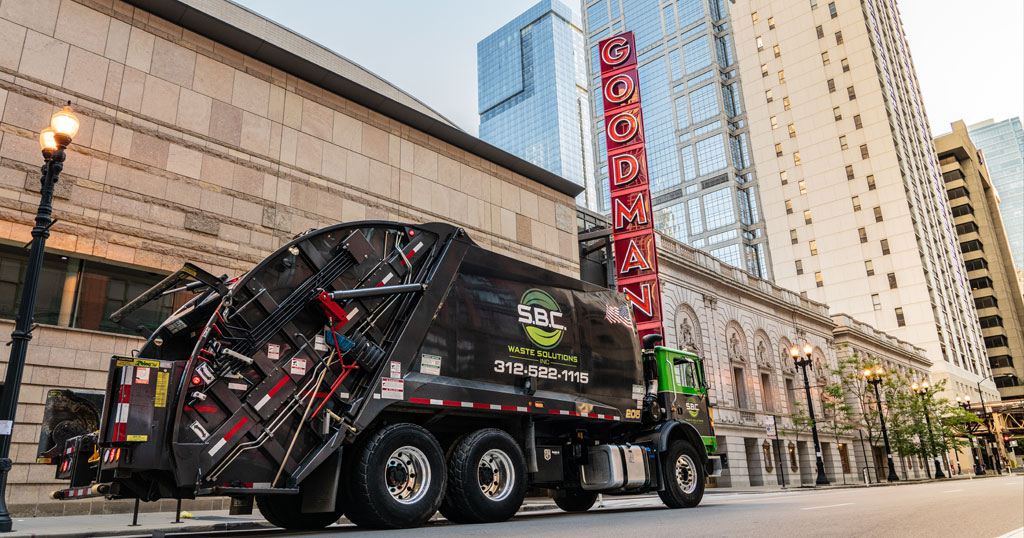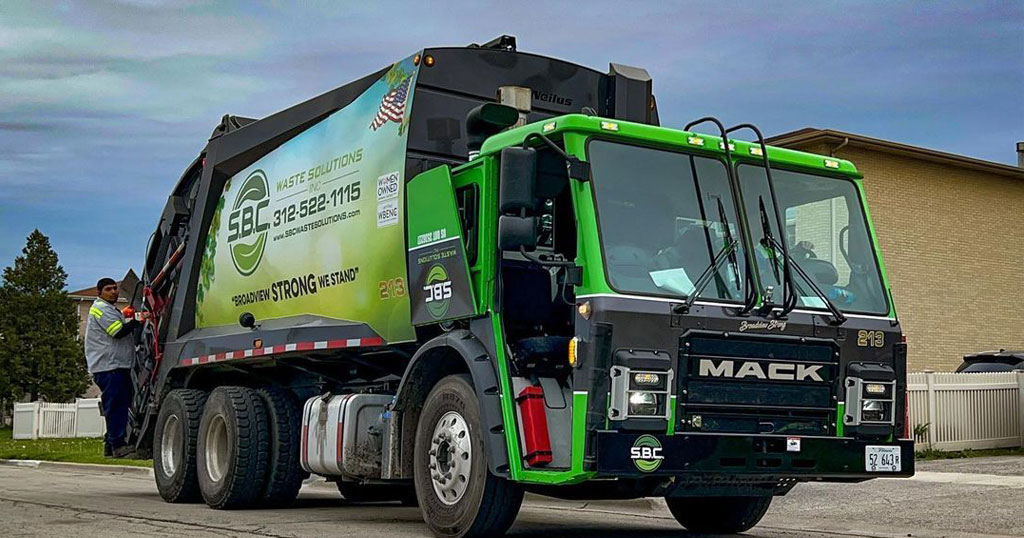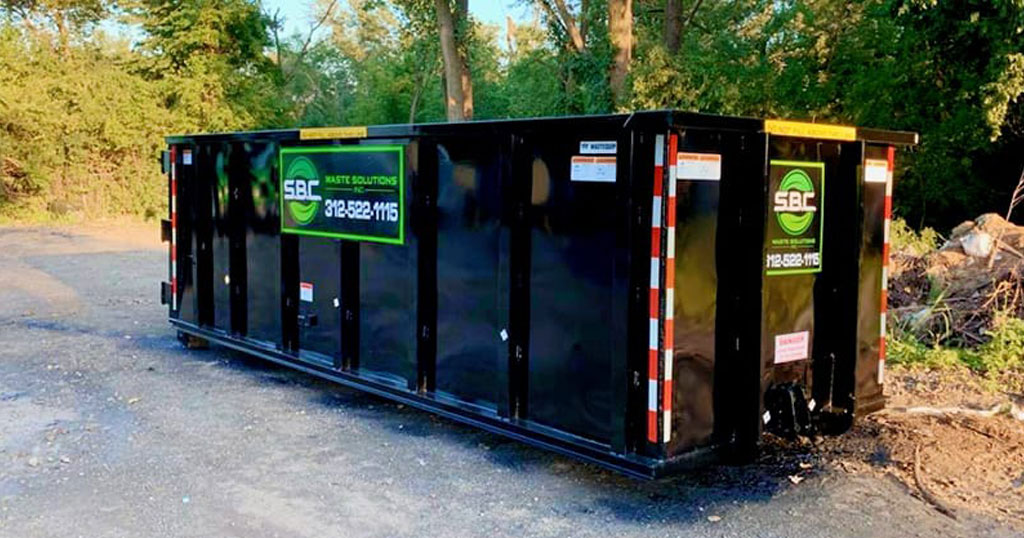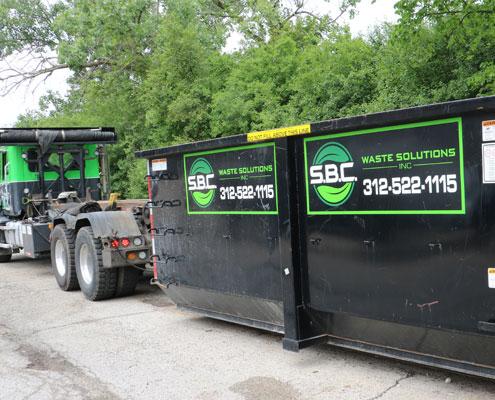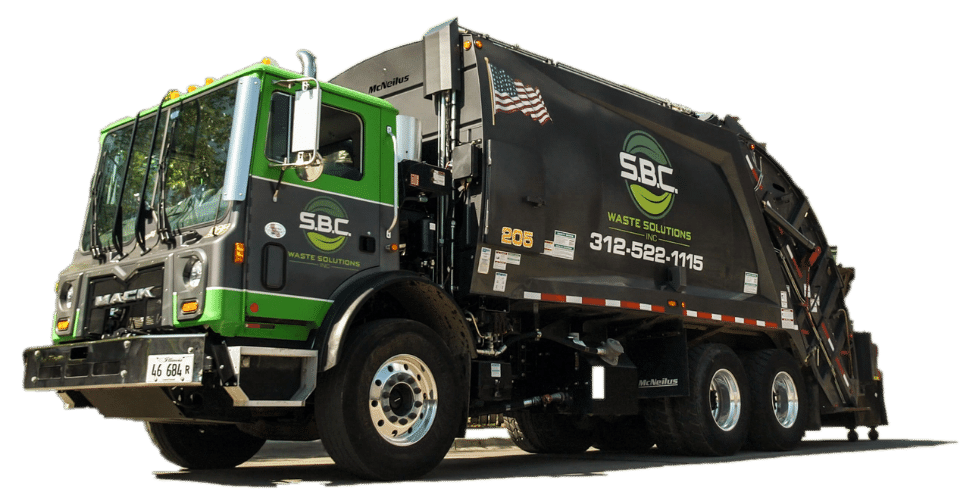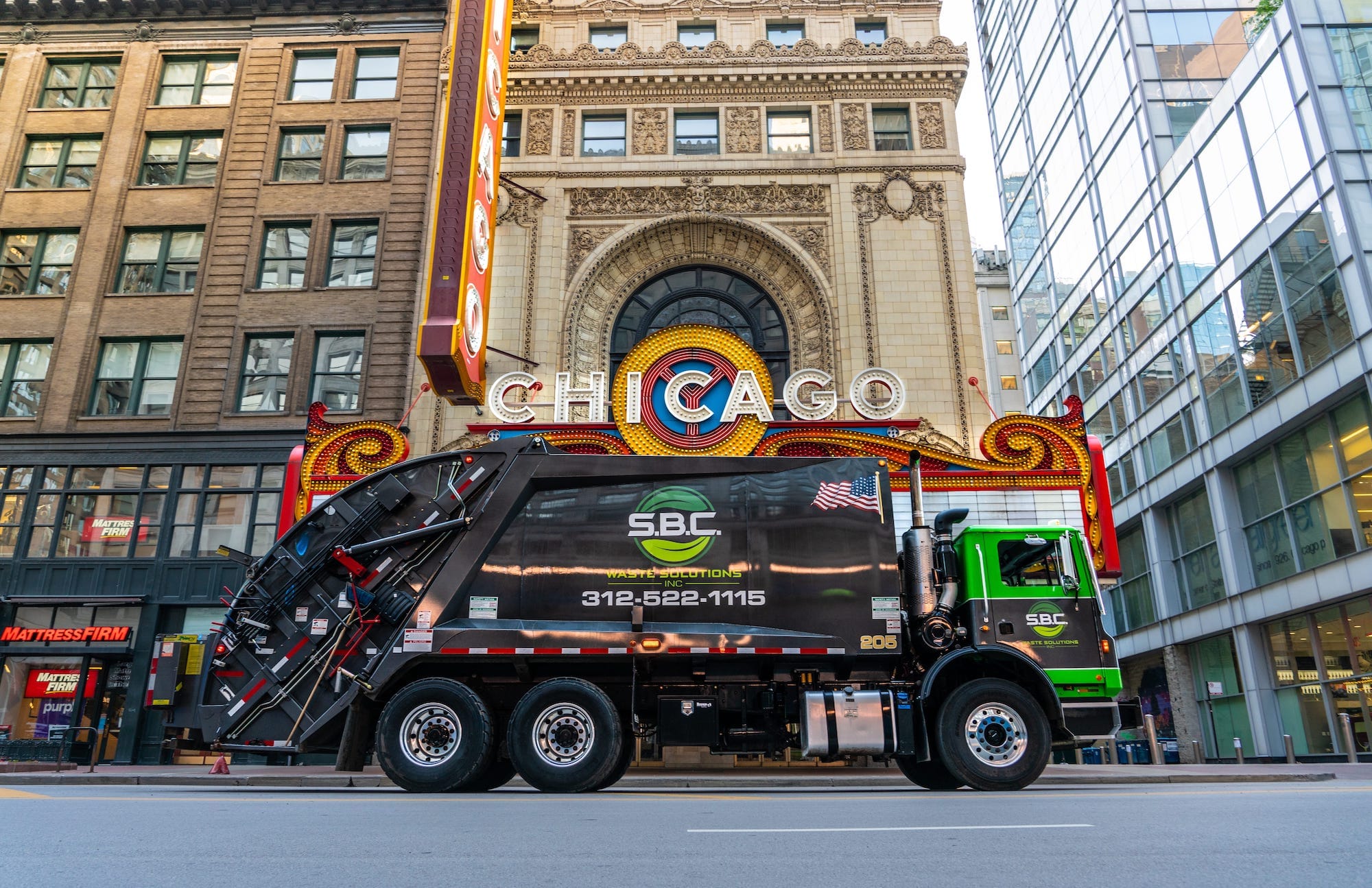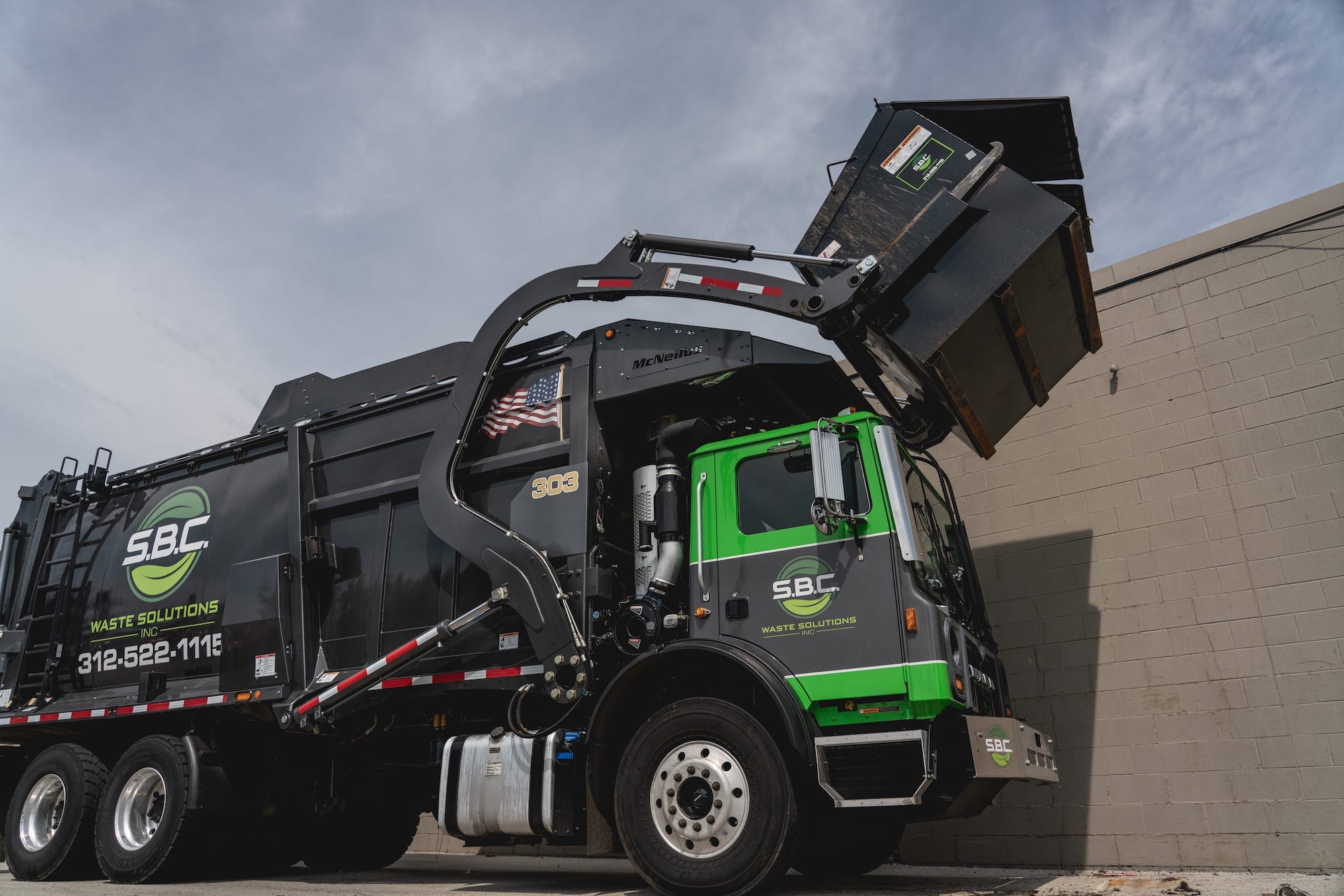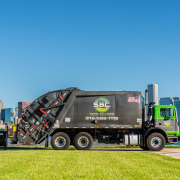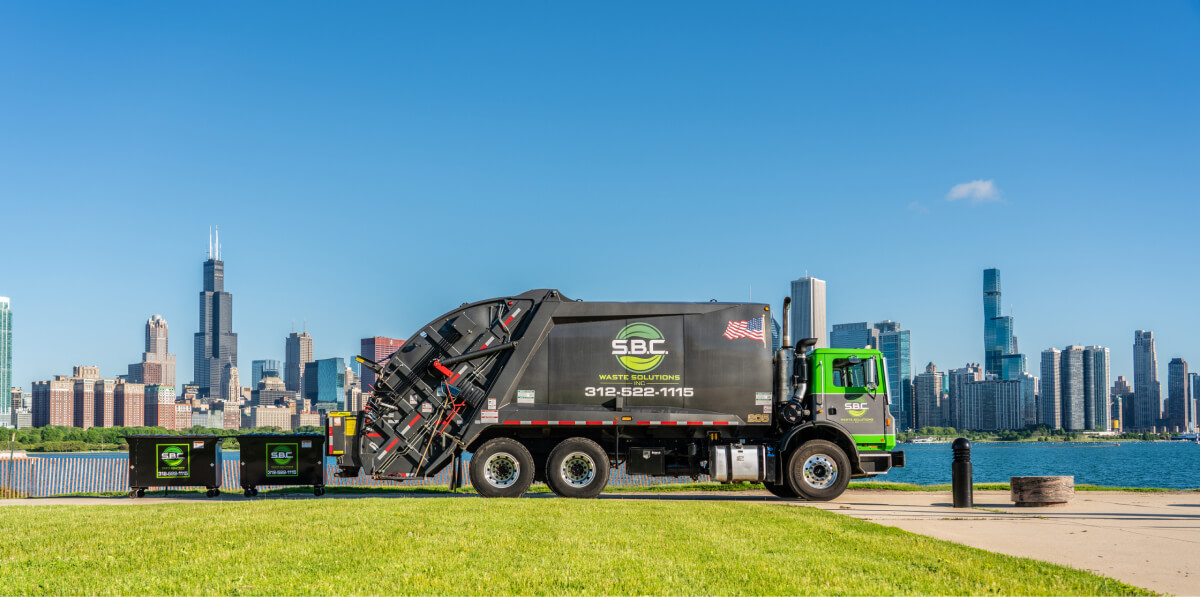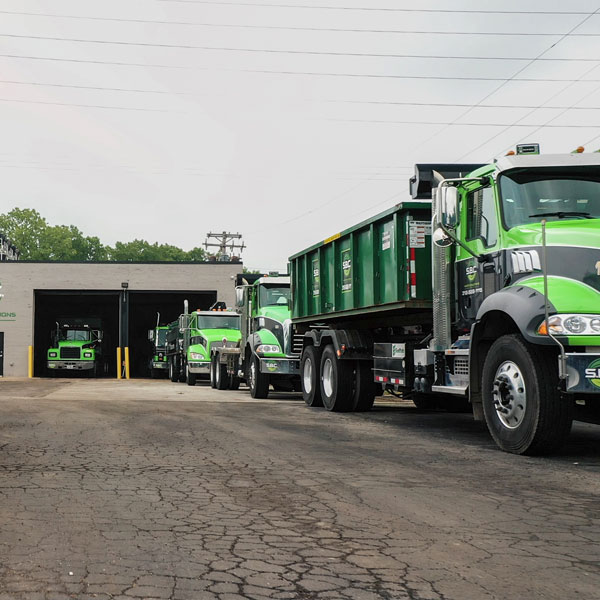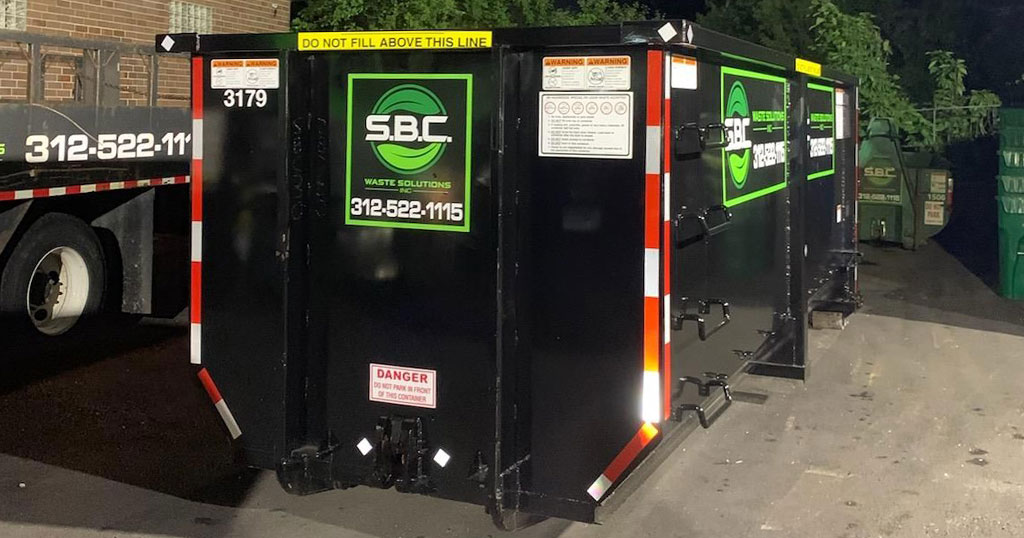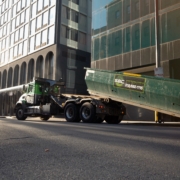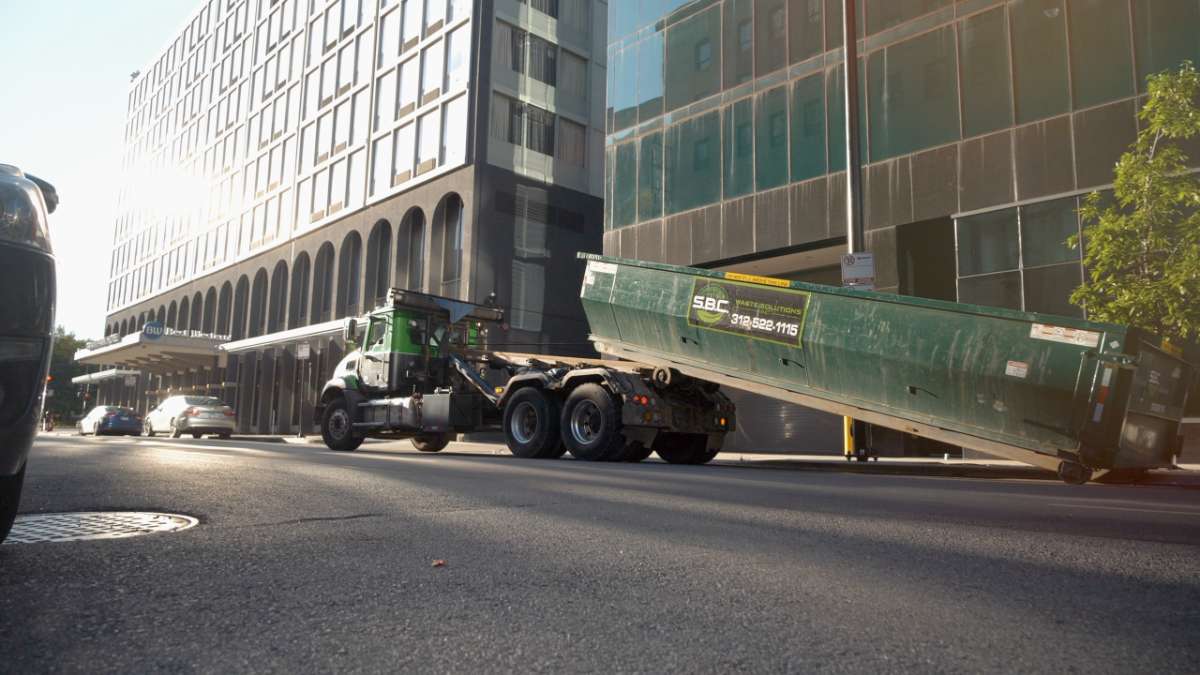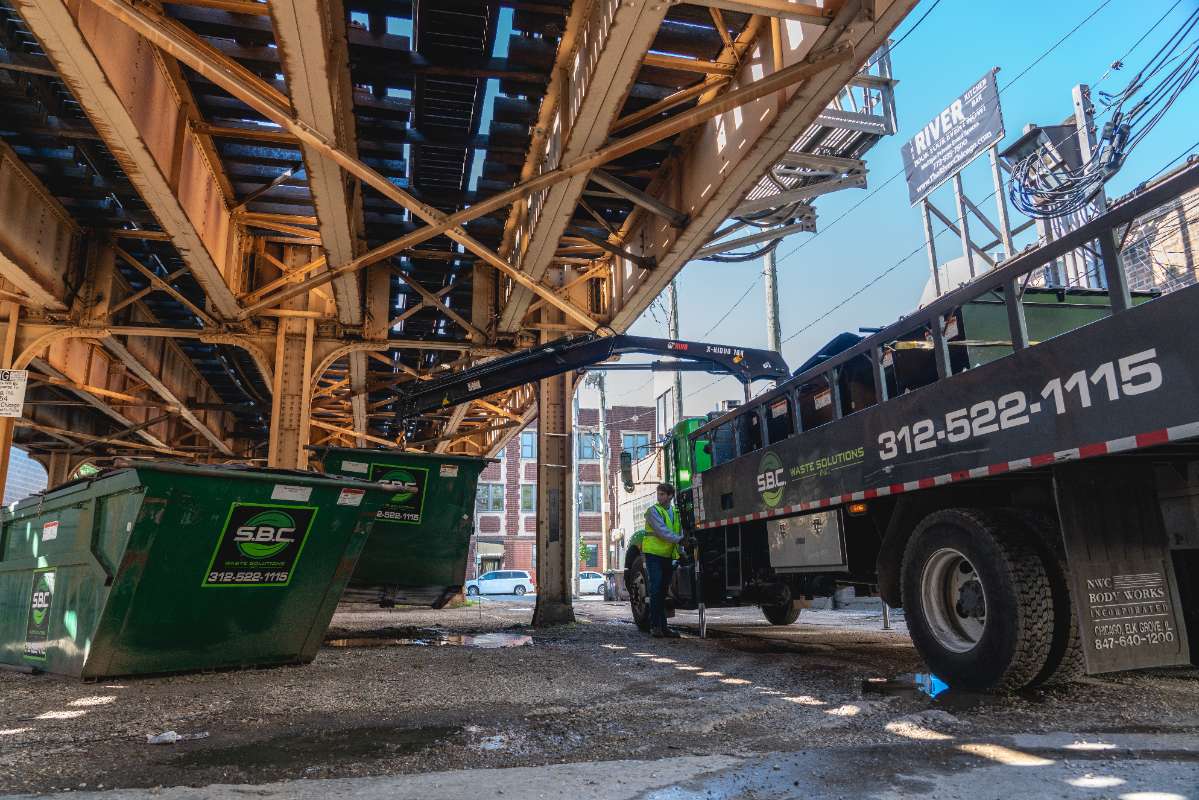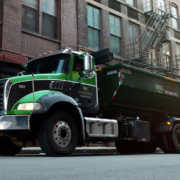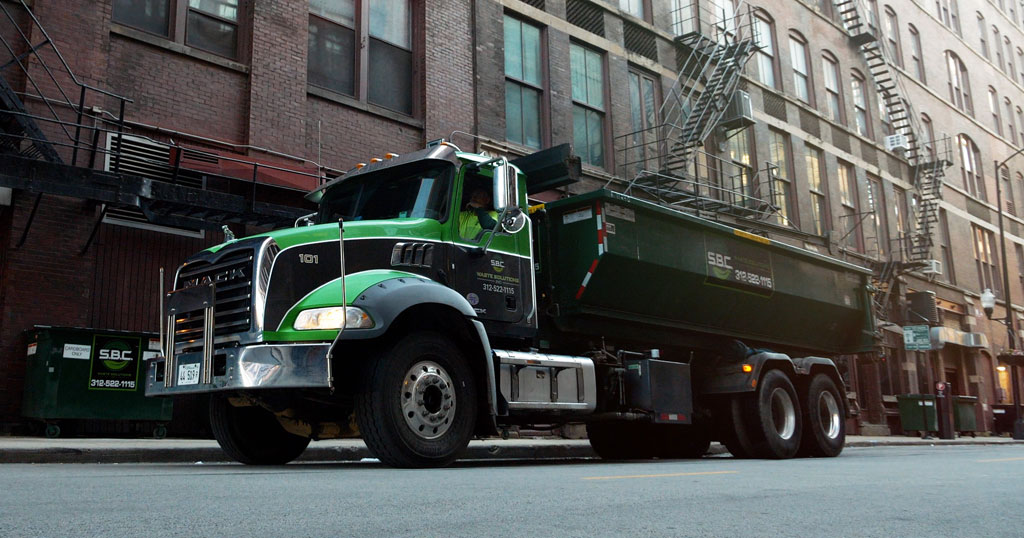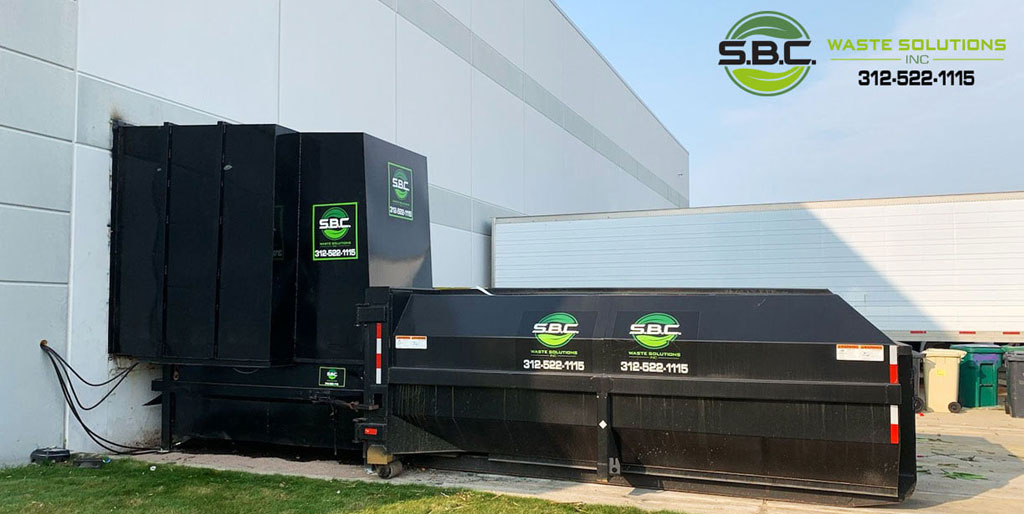Dumpsters For Rent
Get the Most Out of Your Waste Removal with Dumpsters for Rent
Whether you’re clearing out your garage, revamping your kitchen, or doing some landscaping work, one thing is for sure – you’ll generate a lot of waste. Instead of dealing with heaps of trash in your driveway, consider renting a dumpster. Dumpsters for rent can make waste removal a breeze and give you peace of mind knowing that your trash is being disposed of responsibly. In this post, we’ll discuss how you can get the most out of your waste removal with dumpsters for rent.
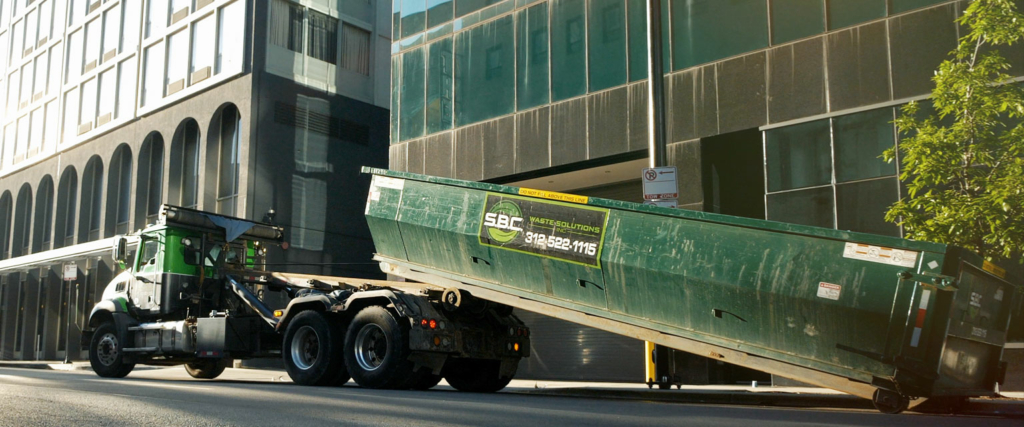
Dumpster Rental Company
How to Choose the Right Dumpster Size for Your Project
- Assess your project: The first thing to do is to assess the type and amount of waste you’ll generate. Determine if it’s heavy or lightweight, bulky or compact, or a combination of both. Think about the number of people that will be working on the project and how long it will take you to complete it. This information will give you an idea of the dumpster size that will be appropriate.
- Consider your available space: The next thing to consider is the size of your property and how much space you have to store the dumpster. Ensure that the area where the dumpster will be placed is accessible and at a safe distance from your property. This will help to prevent damage or accidents.
- Know the different sizes available: Dumpsters come in different sizes, and each size has its unique capacity. The most common sizes are 10, 15, 20, 30, and 40-yard dumpsters. A 10-yard dumpster can hold about three pickup trucks worth of debris, while a 40-yard dumpster can hold up to trash from 12 pickup trucks.
- Choose based on your waste level: Choosing the right size depends on the level of waste you expect to generate. A 10-yard dumpster is suitable for small household projects while a 20-yard dumpster will be appropriate for medium-sized projects like a kitchen renovation. A 30-yard dumpster can hold roofing materials or a large landscaping project waste. If you’re working on a construction project or a more significant remodeling project, a 40-yard dumpster will be the best option.
- Seek professional advice: If you’re still unsure about the right size, contact a rental company. They are experts and can help you determine the best size for your project. They can also advise you on any issues you might not have considered, such as weight restrictions.
What Can and Can’t Go in Your Dumpster? A Comprehensive Guide
It’s important to understand that there are some items you can’t put in the dumpster. Prohibited items can vary depending on the rental company or state. Each state has its own regulations regarding the disposal of hazardous waste. Typically, prohibited items include batteries, asbestos, medical waste, refrigerators, chemical products, and tires. These items require special handling and can potentially cause harm to the environment.
Construction Materials:
If you’re undertaking a renovation project, you might assume that any waste produced can be thrown in the dumpster. While this is partially true, there are certain materials that can’t be placed in the dumpster. Materials such as concrete, brick, asphalt, and drywall are heavy and can damage the dumpster. Additionally, some dumpster rental companies may limit the amount of weight you can put in the dumpster, so always double-check with your rental company.
Recyclable Items:
Although it’s not required, it’s always encouraged to recycle whenever possible. Many municipalities offer curbside recycling programs, and if you’re renting a dumpster, you can also save space by recycling certain items. You can recycle materials such as cardboard, glass, plastics, and metal. It’s important to mention that not all dumpster rental companies offer recycling services, so make sure to discuss this with your rental company beforehand.
Electronic Devices:
Electronic devices such as TVs, computers, printers, and cell phones can’t be thrown in the dumpster. You can recycle electronic waste by contacting a company that specializes in electronic waste removal. Electronic waste items may contain hazardous materials such as lead, mercury, and cadmium, making it important to dispose of them in an eco-friendly manner.
Miscellaneous Items:
Lastly, there are some miscellaneous items to consider. Items such as clothing, furniture, and household items are allowed in the dumpster, but it’s essential to verify with your rental company. Dumpster rental companies may have size and weight limitations, so it’s essential to check whether your items will fit in the dumpster. If you’re unsure about whether an item is allowed in the dumpster, it’s best to reach out to the rental company for clarification beforehand.
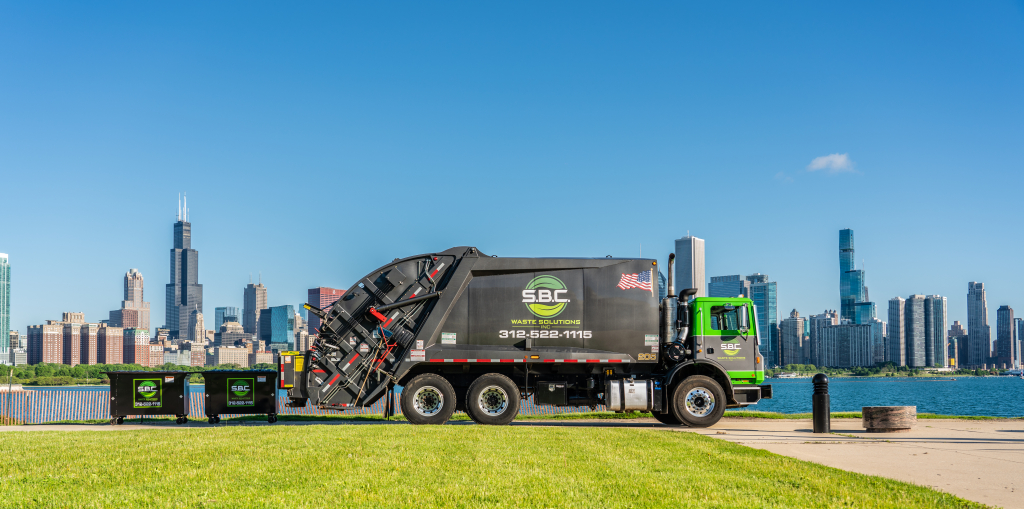
Rent A Dumpster
The Importance of Planning Ahead for Dumpster Rentals
Planning ahead and scheduling your dumpster rental in advance ensures that the dumpster will be available when you need it. This can save you time and avoid delays in your project. With a scheduled rental, you can be sure that the dumpster will be delivered to your location at the agreed-upon time, allowing you to start your project on schedule.
Scheduling Your Rental
When scheduling your rental, be sure to consider the length of your project and how long you’ll need the dumpster. Most rental companies offer flexible rental periods, so be sure to discuss your needs when booking. Also, ask the rental company about their availability and delivery options. Some companies may offer same-day delivery, while others may require a few days’ notice.
Things to Keep in Mind During Your Project
During your project, it’s important to keep safety in mind when using the dumpster. Make sure that the dumpster is placed on stable ground and is not overloaded beyond its weight capacity. Also, be sure to follow local regulations regarding waste disposal. If you’re not sure what the regulations are, contact your local waste management authority for guidance.
Other Considerations
When planning your project, consider what types of materials you will be disposing of and whether there are any restrictions on what can be thrown away. Some rental companies may not allow hazardous materials or certain types of waste. Make sure to discuss this with the rental company before renting the dumpster.
How to Load a Dumpster Correctly
When loading a dumpster, it’s crucial to start by placing the heaviest items first. These can include appliances, furniture, or any other bulky item that can take up a lot of space in the dumpster. This strategy ensures that the dumpster’s weight is distributed uniformly and that it won’t tip over. Moreover, it is safer to put the bigger and heavier items at the bottom layer because they can support the smaller and lighter materials.
Place Lighter Items on Top
Once the heavier items have been put in, proceed to place lighter items on top. This can include cardboard boxes, papers, plastics, and other litter materials. As you place the lighter items, ensure that they are spread out evenly across the dumpster’s surface area to create a steady flat surface. Unevenly distributed materials cause imbalance weight and provide a higher chance for tipping.
Disassemble Large Items
Before placing large items such as cabinets or larger furniture into a dumpster, always disassemble them as much as possible. This will help in two ways, firstly, It creates more room in the dumpster by making the items smaller, and secondly, disassembling the big-ticket items can help reduce the weight that you’re putting in.
Toss Items Efficiently
When throwing garbage into the dumpster, it’s easy to give in to the temptation to sling items inside or toss them carelessly. However, it is essential to toss items into the dumpster productively and efficiently to reduce the risk of injury. Be mindful of items that could potentially cause harm when thrown in, such as glass, sharp objects, or electronics. Take the time to make sure the objects won’t land haphazardly.
Fill the Dumpster Completely
The last and most significant tip is to fill the dumpster entirely, up to the rim. Filling the container completely ensures that your money’s worth, and it reduces the number of pickups required. Your dumpster rental service provider will always come for one pick-up, and hence it is essential to fill the dumpster correctly.
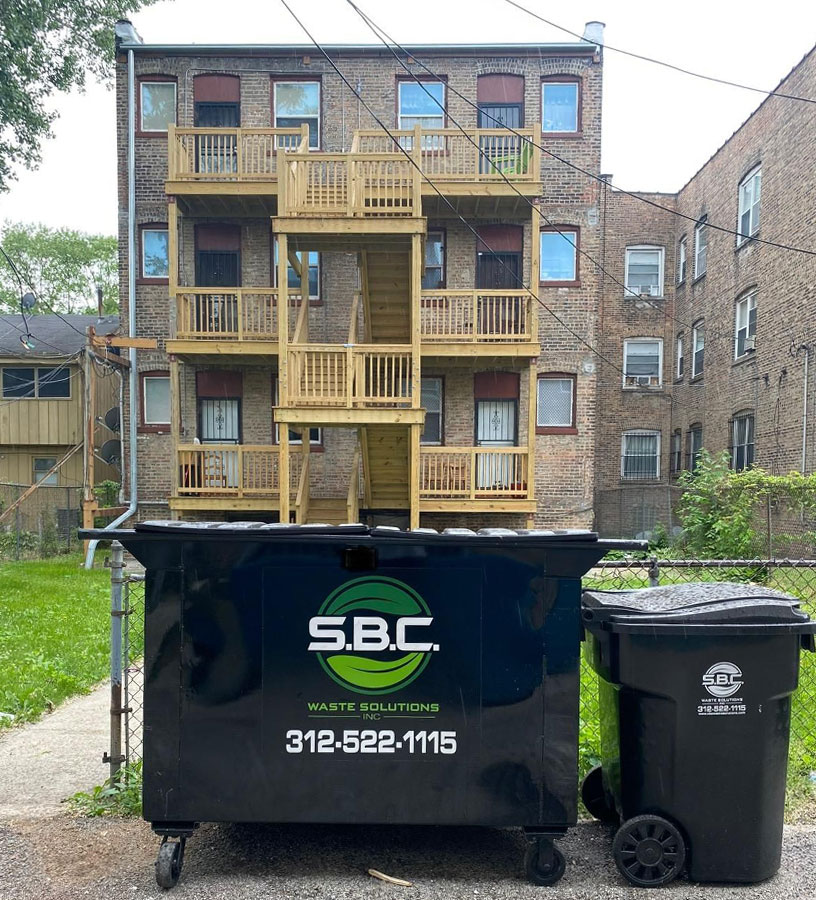
Residential Dumpster Rental
https://www.google.com/maps?cid=4180240075447051620

